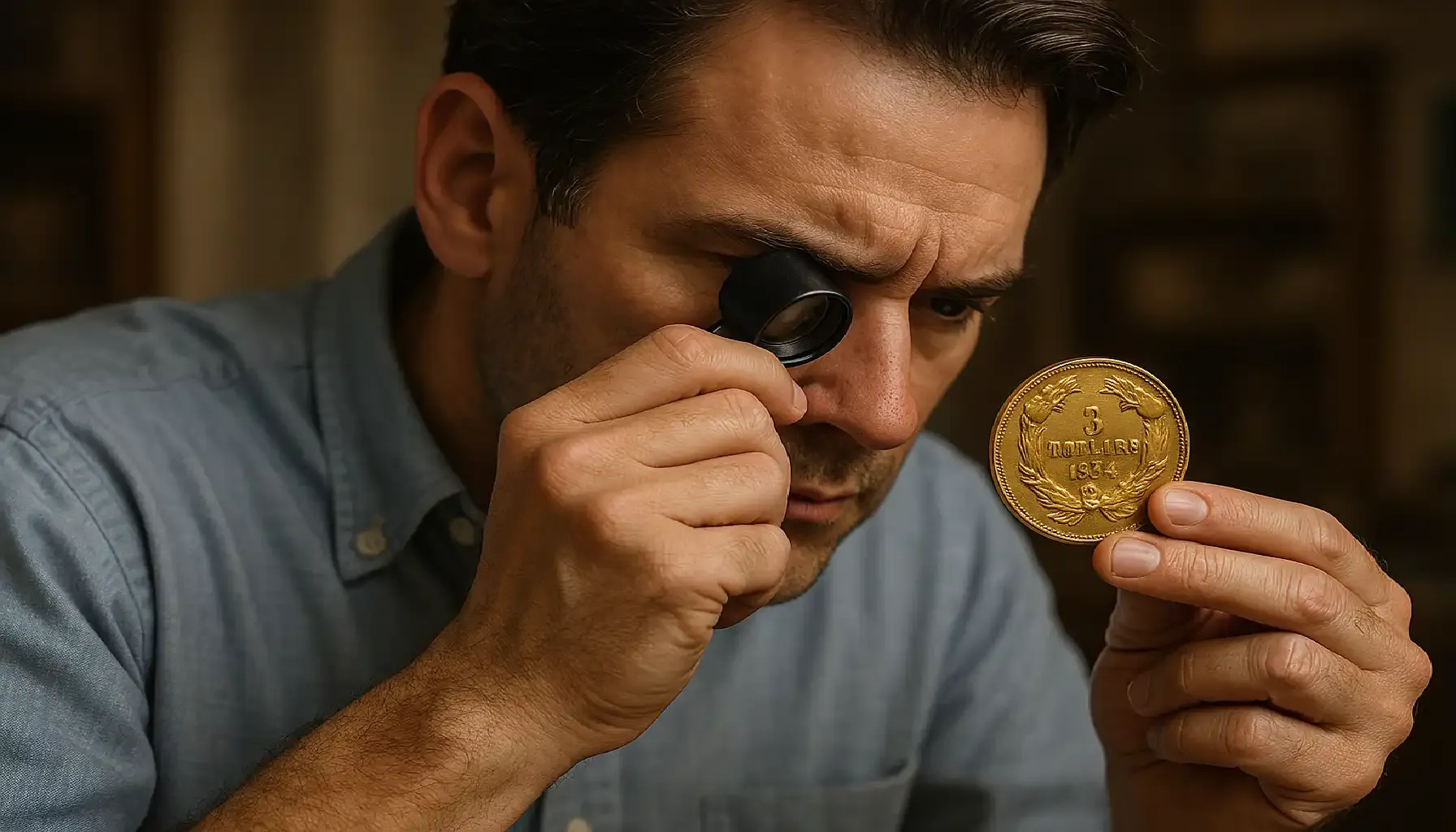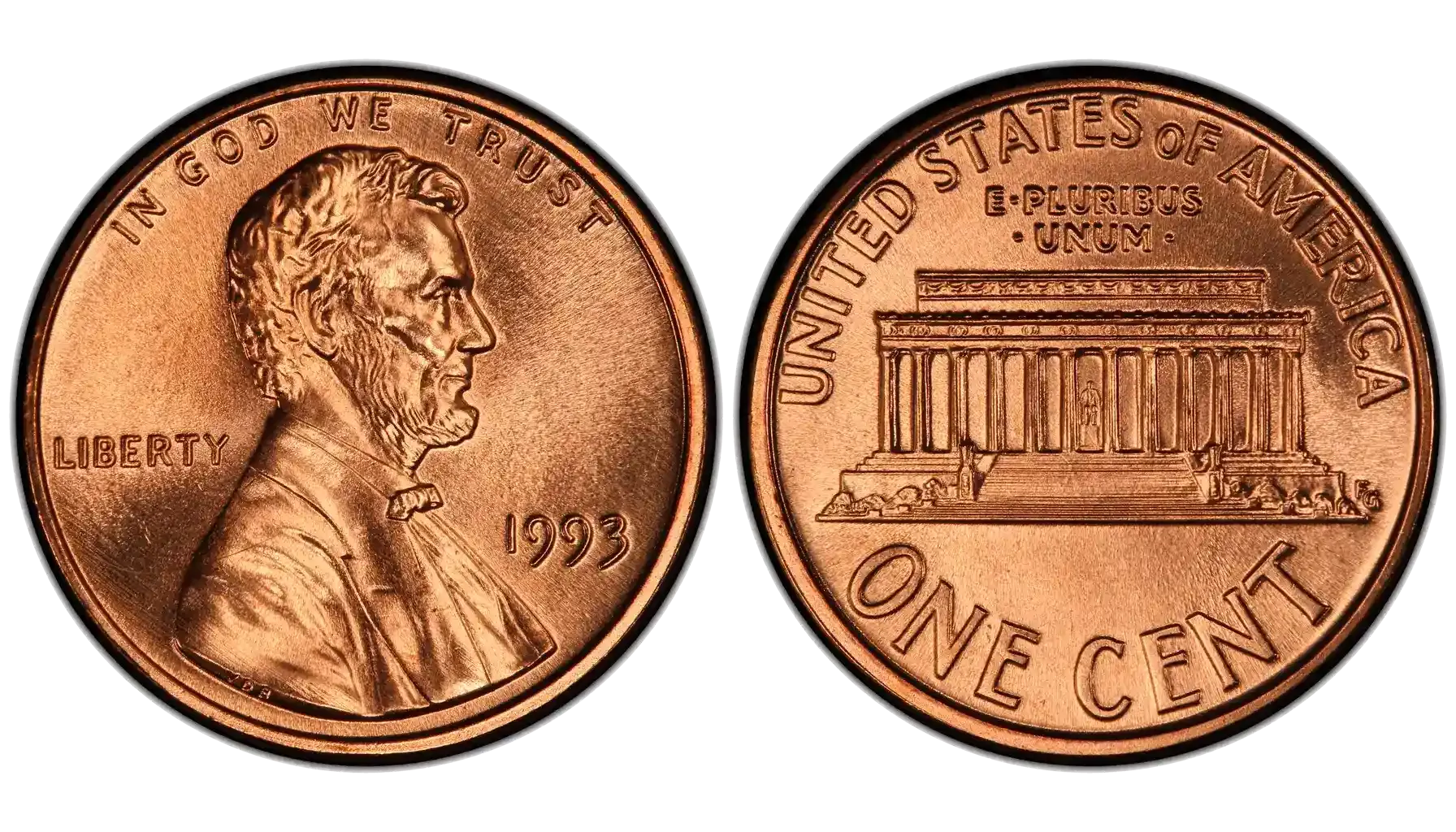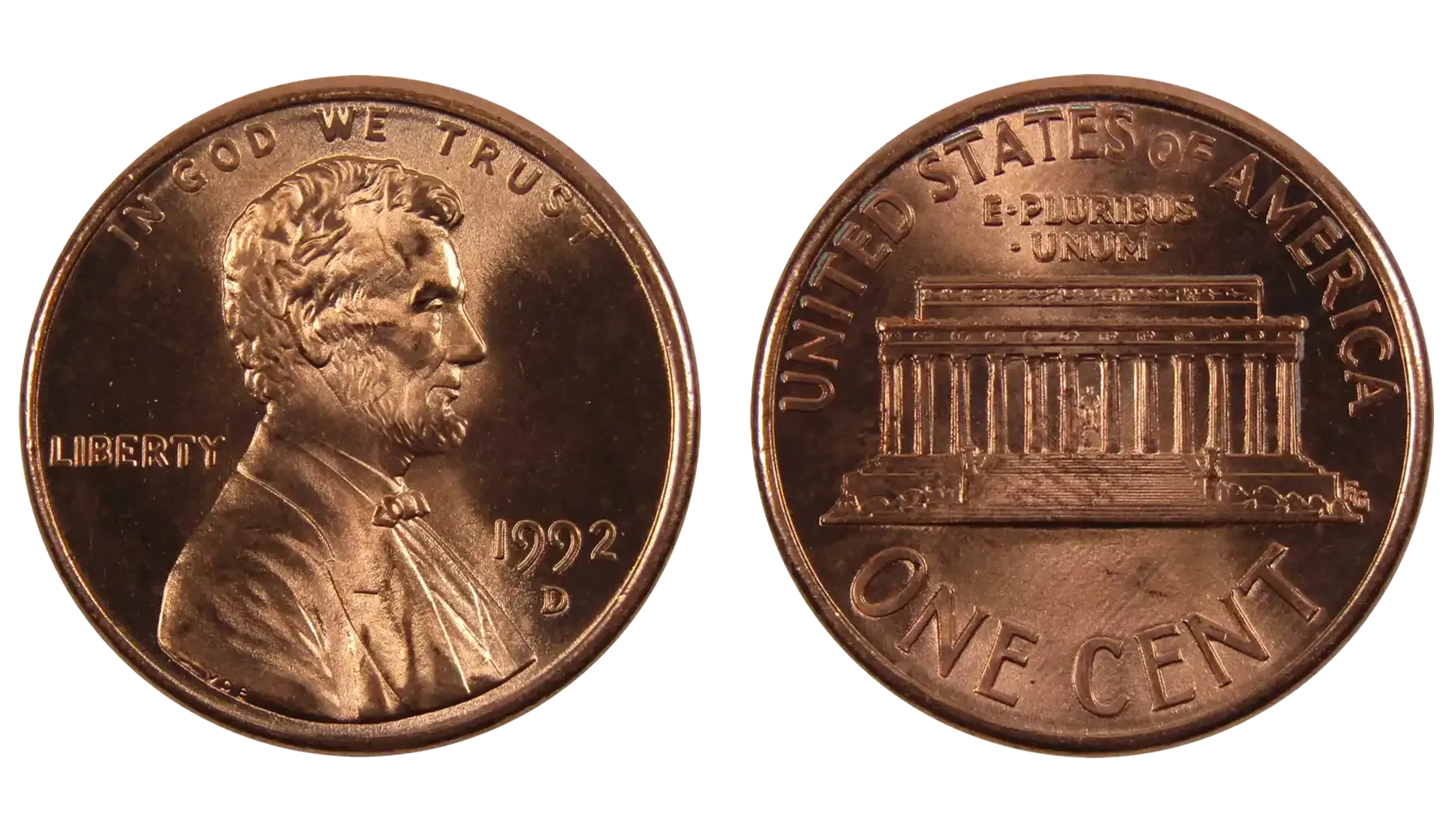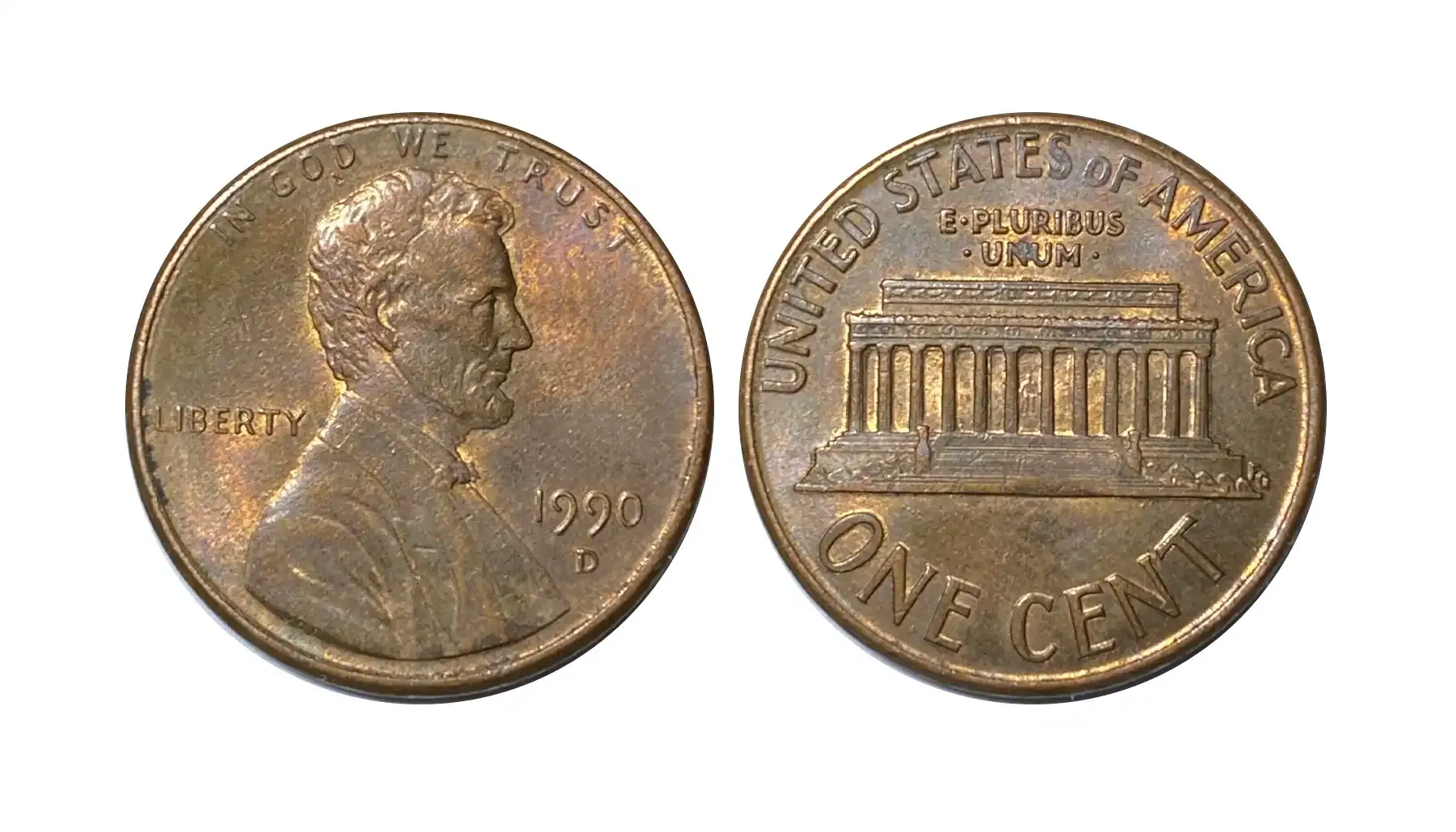When we think of the U.S. numismatics, the three dollar gold coin doesn’t always make it to the top of the list. But this one, produced by the United States Mint from 1854 to 1889, may have a value that can surprise even the most seasoned collectors.
Today we’re going to describe the details of the US 3 dollar coin value, its significance, and everything you need to know about its design, history, and how its value is determined.
If you’re wondering about the 1854 3 dollar gold coin value or simply curious about the rarest 3 dollar coin USA ever minted, you’ll get your answers, as the Coin ID Scanner team is here to help you.
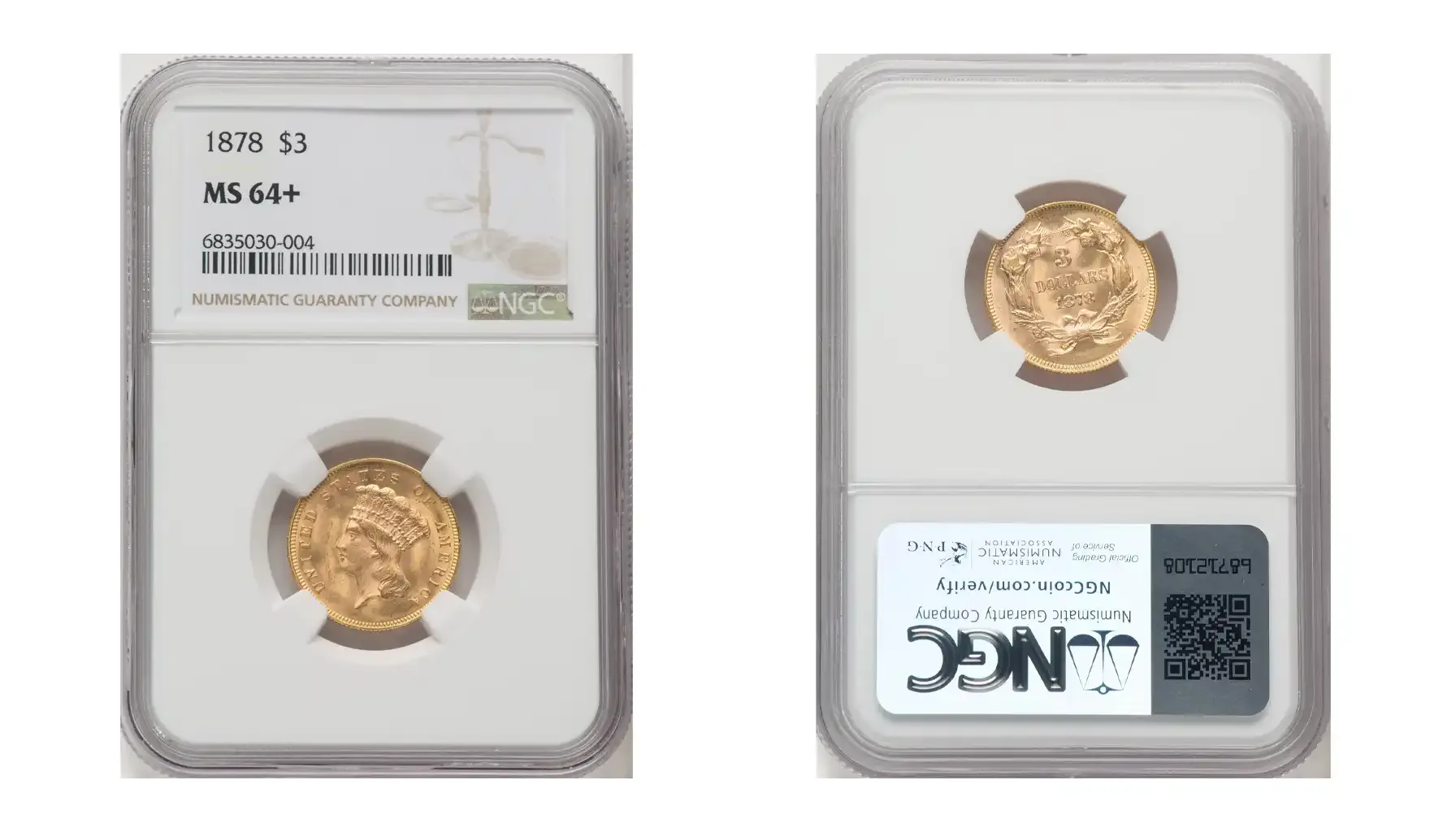
About the Three Dollar Coin
What makes these pieces so distinctive?
3 Dollar Gold Coin Weight: 5.02 grams
Diameter: 20.5 mm
Composition: 90% Gold, 10% Copper (a typical gold composition of the time)
Minting Years: 1854 to 1889
Mintmarks: Philadelphia (no mintmark), New Orleans (O), San Francisco (S), Dahlonega (D)
It was designed by U.S. Mint Chief Engraver James B. Longacre.
Obverse Design (Lady Liberty): A representation of Lady Liberty wearing a feathered Native American-style headdress, which was quite rare for U.S. coinage. This design was meant to give it an “American” feel, representing the nation’s connection to its indigenous roots.
Reverse Design (Agricultural Wreath): The reverse side features an agricultural wreath made of corn, cotton, wheat, and tobacco—symbols of America’s agrarian economy at the time.
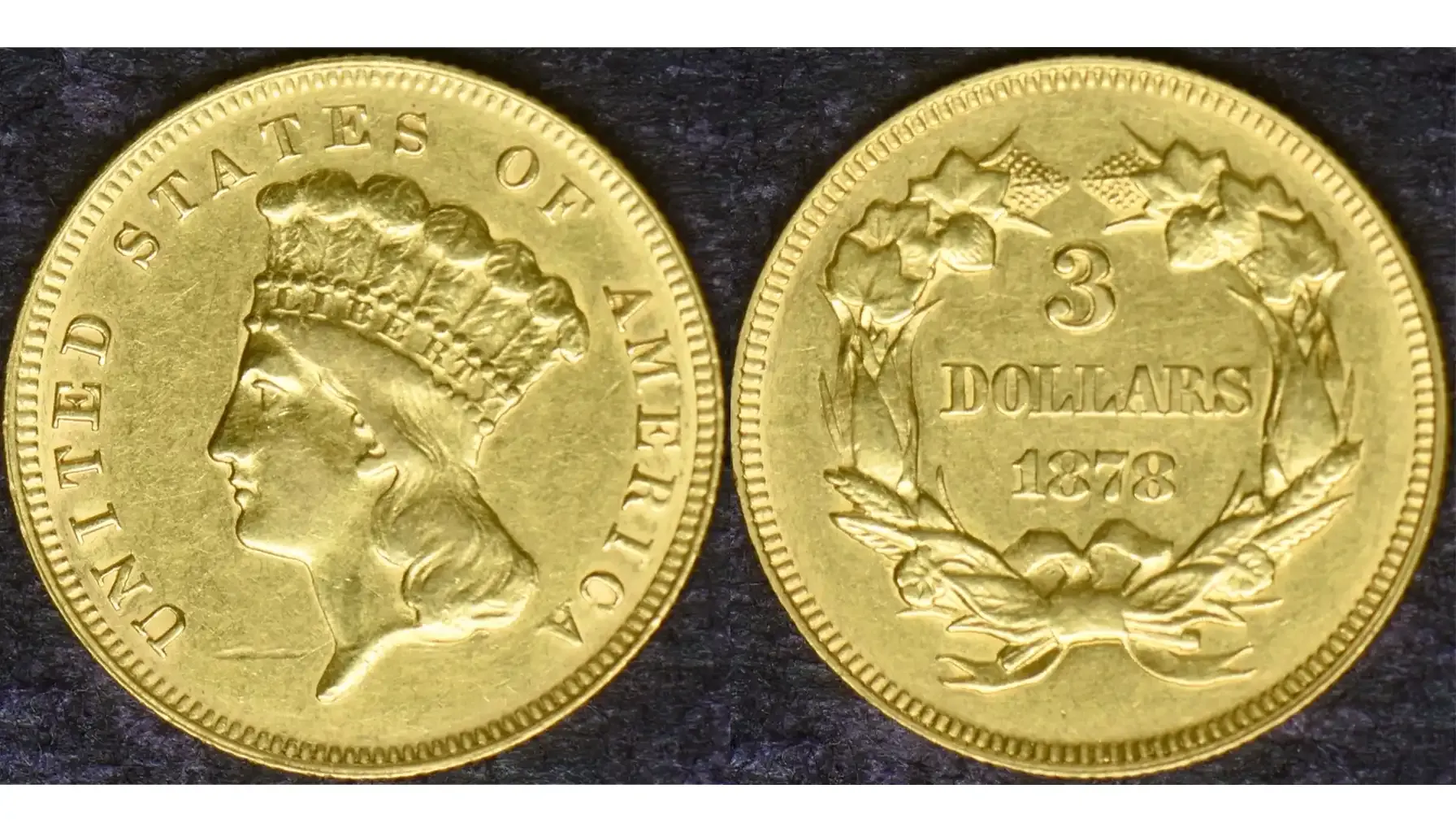
Breakdown of Popular 3 Dollar Gold Coin Years
The price varies depending on the year, rarity, and condition. Some years are more valuable than others due to lower mintage numbers, historical significance, and collector demand.
Year of Issue | Current Value |
1854 | $2,000 - $6,500+ |
1855 | $1,800 - $5,500 |
1856 | $1,700 - $5,000 |
1878 | $1,000 - $2,500 |
1874 | $1,200 - $3,000 |
1854 | $2,000 - $7,000+ |
1870 | $5,000+ (Rare) |
Disclaimer: The values may vary due to market trends.
1. 1854 3 Dollar Gold Coin
Minted: Philadelphia, New Orleans, and Dahlonega
The very first year it was produced. It features the famous "Indian Princess" design, which was somewhat controversial at the time due to the depiction of Native American imagery.
A typical 1854 $3 dollar gold coin value in good condition can be between $2,000 and $7,000, but rare mintmarks and exceptional grades can push the price much higher.
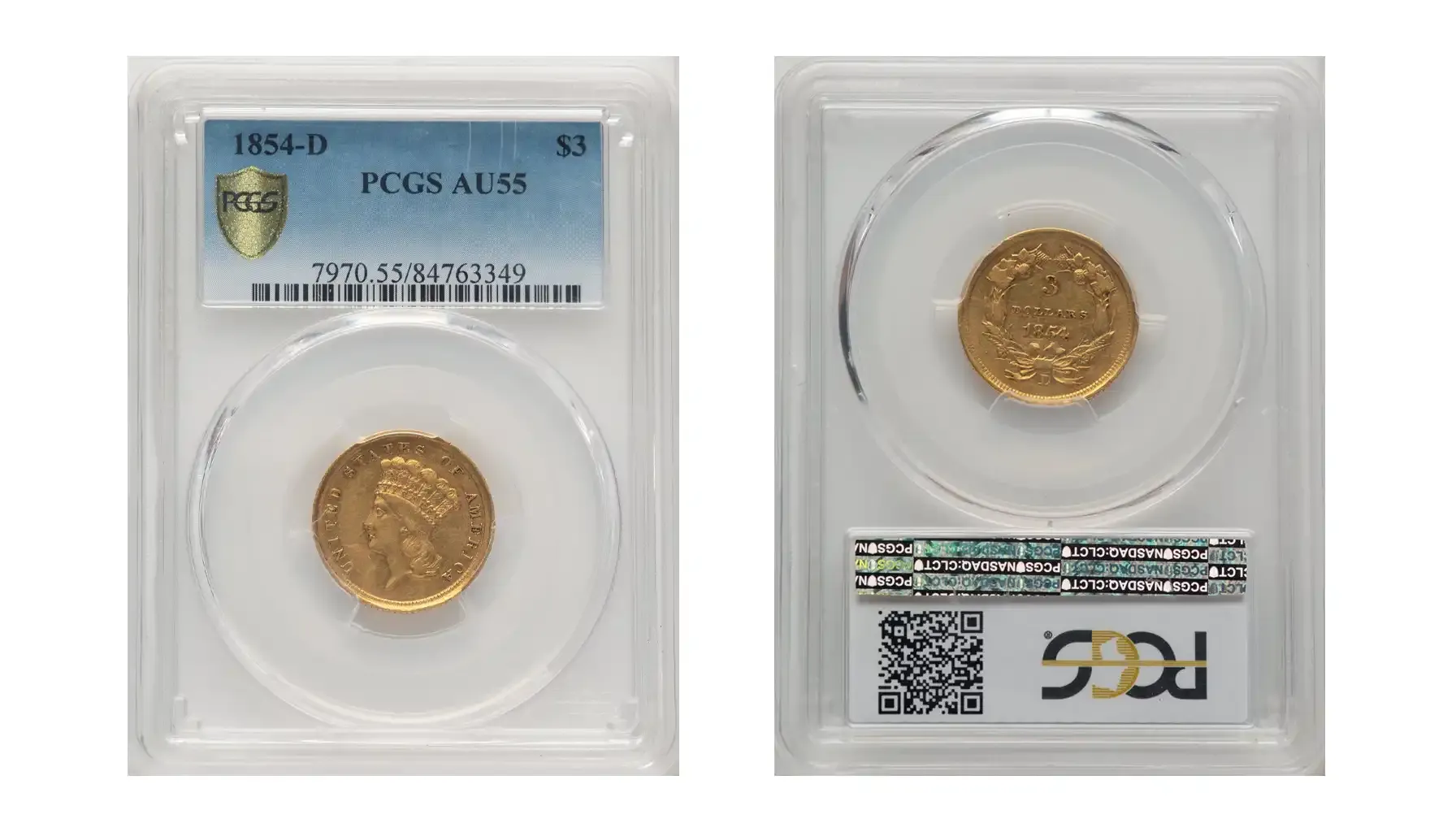
2. 1855 3 Dollar Gold Coin
Minted: Philadelphia and New Orleans
The design remained consistent with the previous year, but some slight variations occurred in the engraving. The 1855 piece had a slightly improved design and larger lettering.
Depending on its condition, it can range from $1,800 to $5,500.
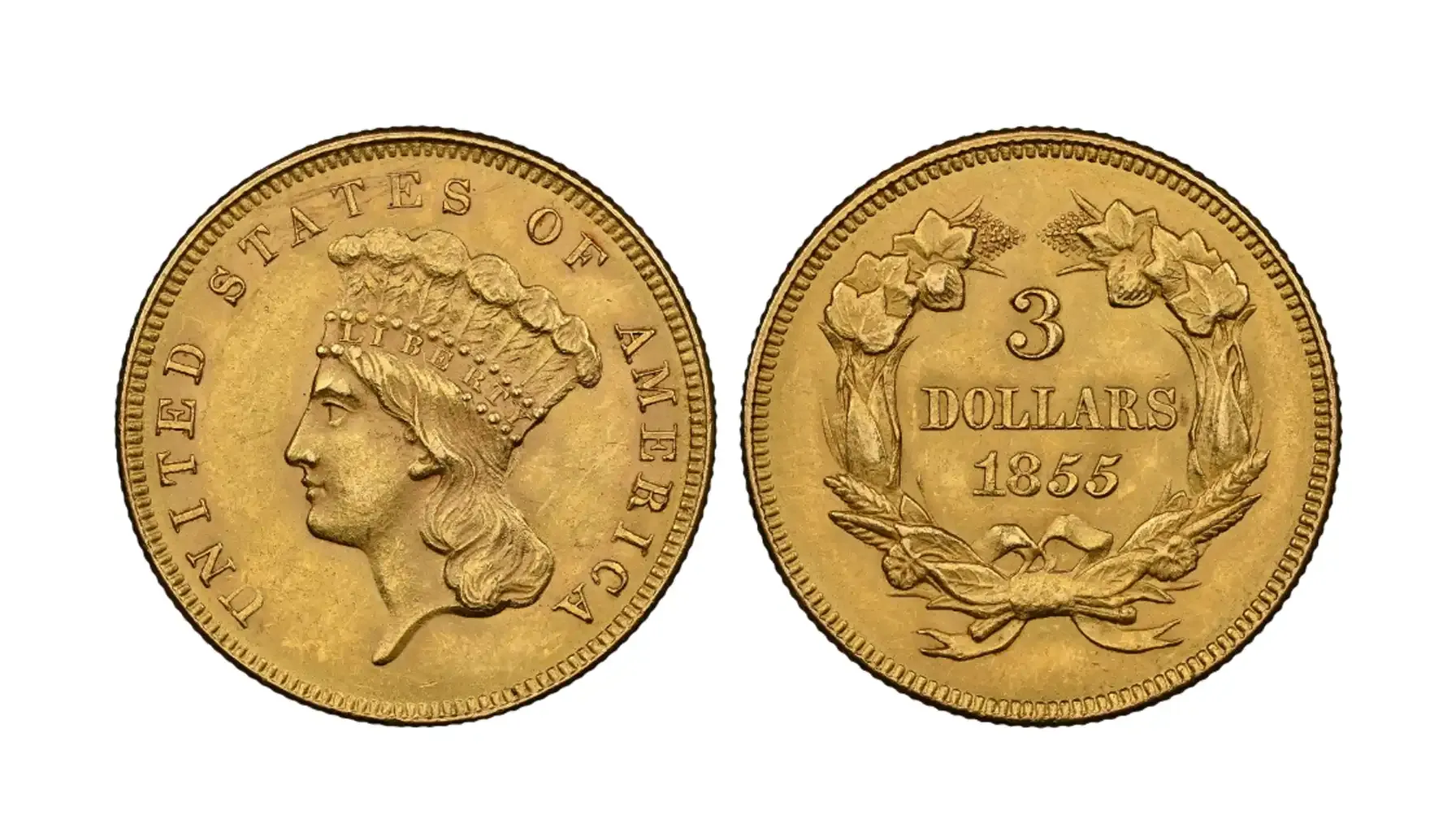
3. 1856 3 Dollar Gold Coin
Minted: Philadelphia
It also continued the same theme but had a smaller mintage, which made it less common than its predecessors.
You might find this one priced anywhere between $1,700 to $5,000, depending on its grade and specific market conditions.
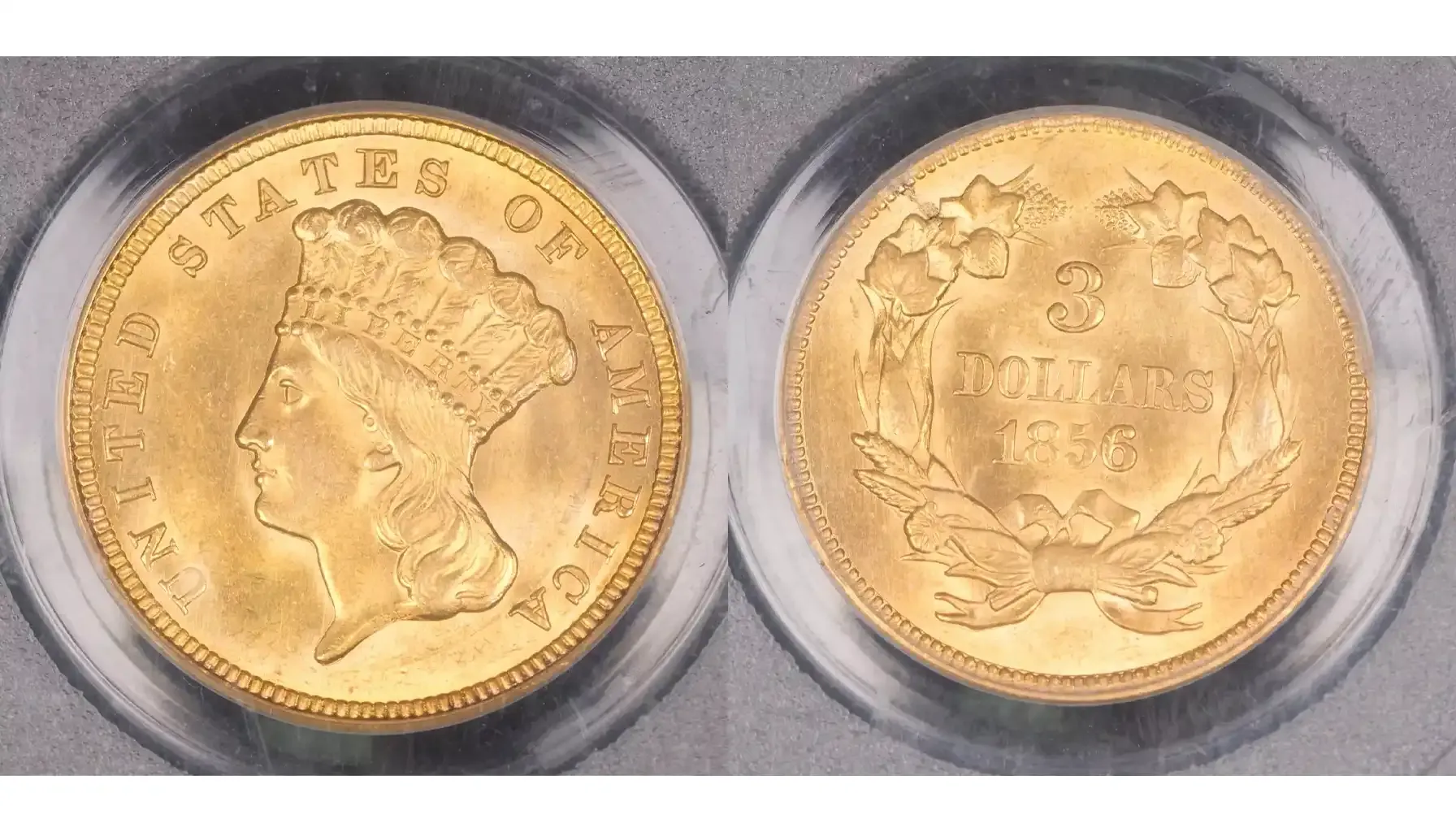
4. 1878 3 Dollar Gold Coin
Minted: Philadelphia
By 1878, the demand for this denomination had significantly declined, but the design remained the same, with Lady Liberty and the agricultural wreath.
A typical 1878 3 dollar gold coin value is usually between $1,000 and $2,500, but more pristine examples can fetch higher prices.
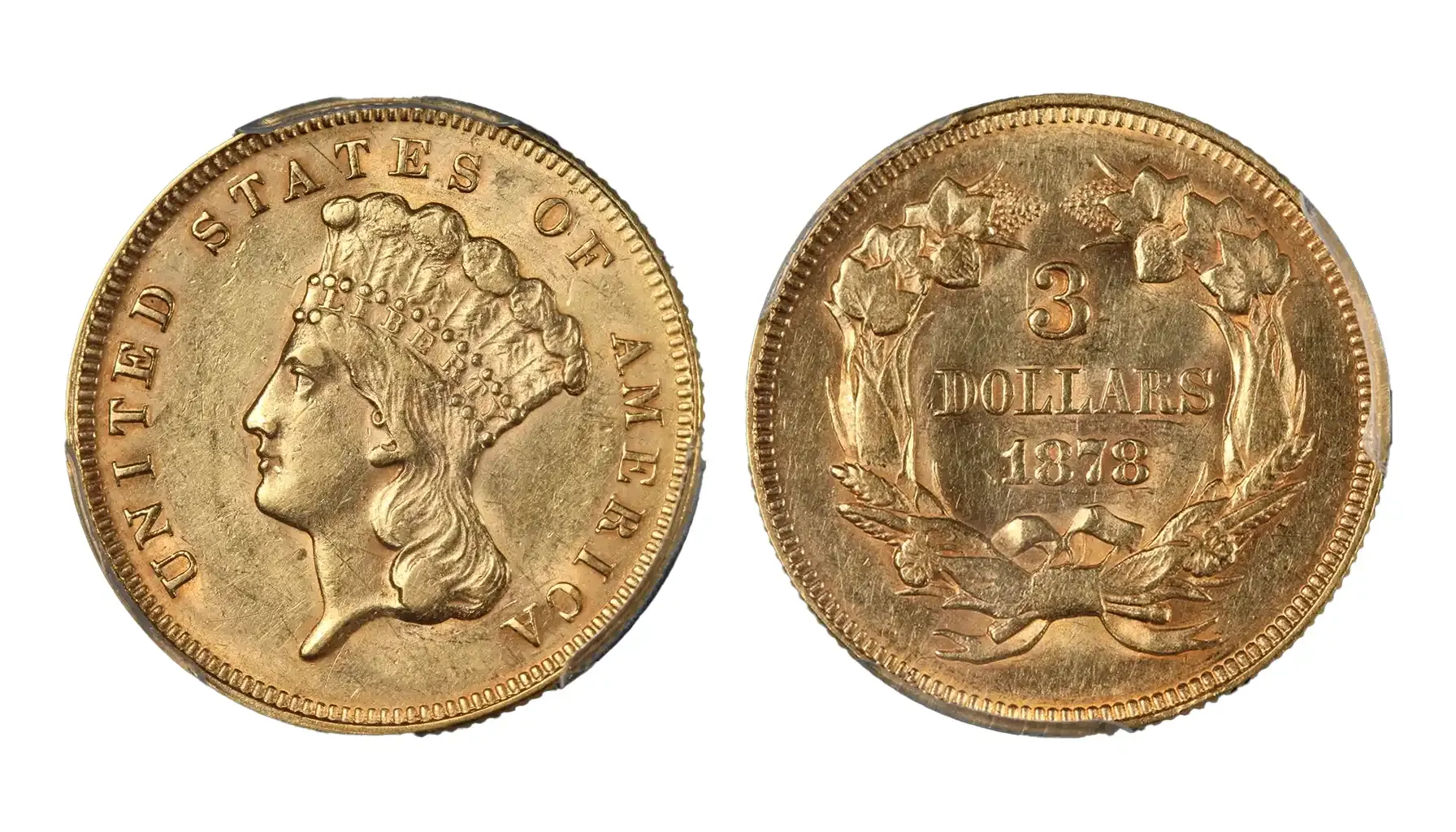
5. 1874 3 Dollar Gold Coin
Minted: Philadelphia
It is another example of a mid-series issue, with a moderate mintage. Its current 1874 3 dollar gold coin value ranges between $1,200 and $3,000, depending on condition.
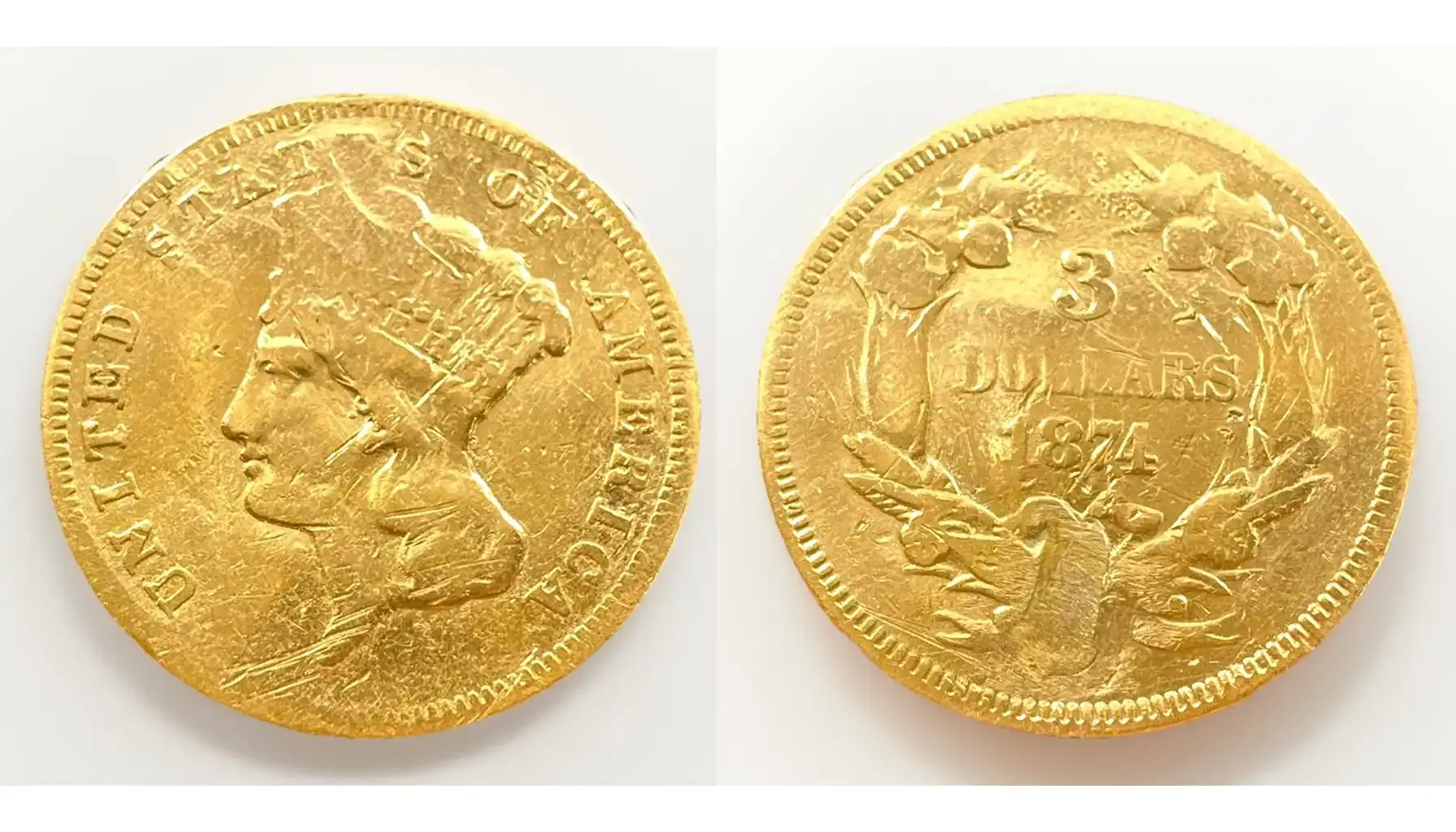
6. 1870 3 Dollar Gold Coin
Minted: San Francisco
This is one of the rarest and most sought-after specimens in the series. Only a few of these were ever produced at the San Francisco Mint. That’s why you may look for the 1870 3 dollar gold coin copy value.
This original one can fetch a staggering price of $70,000 or more for one of the few known specimens.
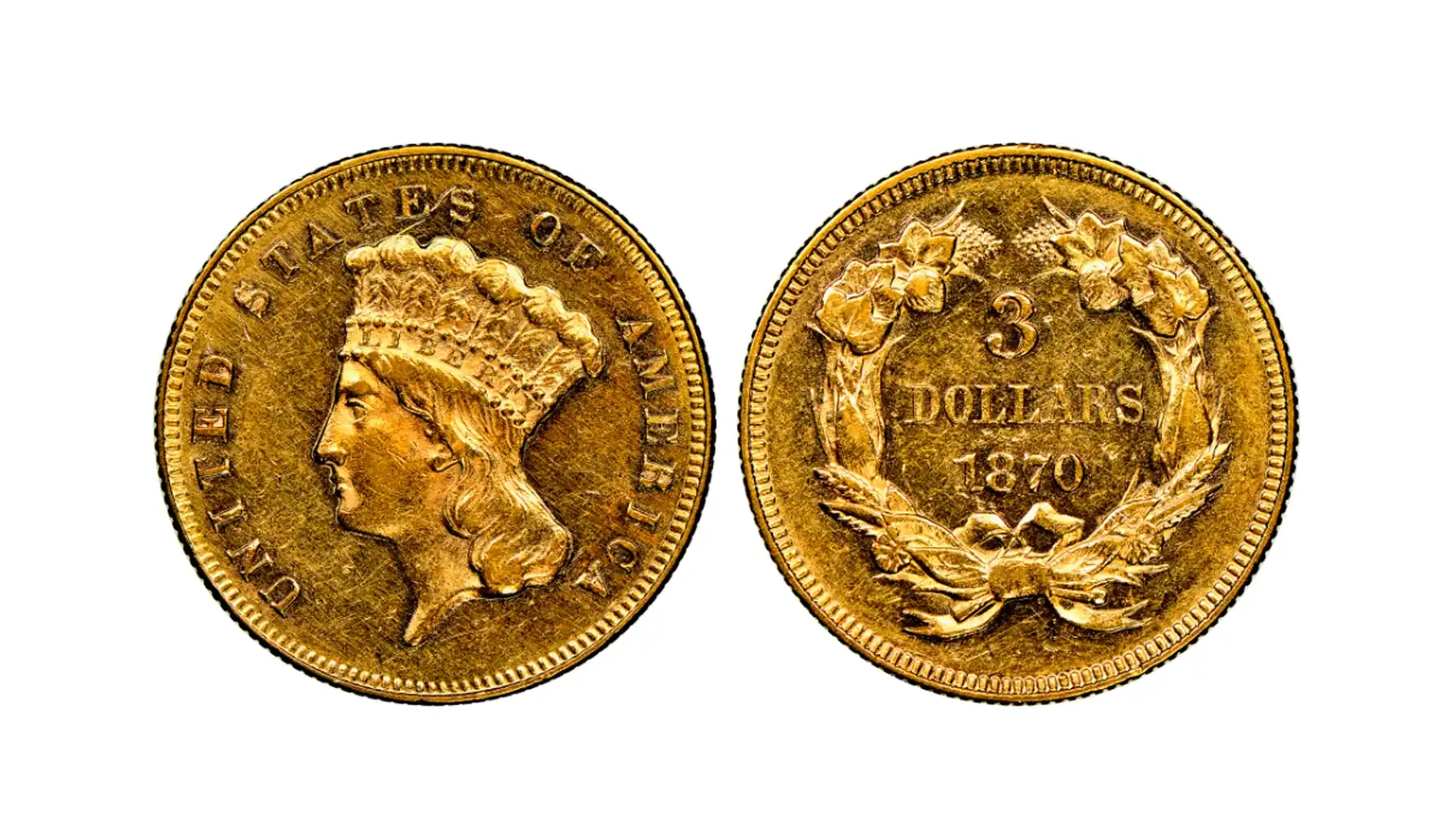
How the App Helps
If you're holding a 3 dollar gold coin for sale and wondering about its value, the Coin ID Scanner app is the perfect tool.
Key Features:
Instant Identification: Upload a photo of your coin, and the app identifies it instantly.
Market Value: Know prices and make informed decisions about buying, selling or holding.
FAQs
Is There a 3 Dollar Coin with a High Price?
The value can vary significantly depending on factors like the year it was minted, its condition (grade), and the rarity. For example, the 1854 piece can range from $2,000 to over $7,000, depending on its minting year and the specific one’s quality. Meanwhile, those from rarer years like the 1870 one, which is extremely scarce, can be valued at over $5 million for certain known specimens. Key factors that influence value include: Condition: Those in better grades (such as MS-63 or MS-65) fetch higher prices. Rarity: Certain years have limited mintages or unusual features, significantly increasing value. Historical Significance: Those tied to key historical moments, like the 1854 one, are often more valuable.
What Was the Purpose of the 3 Dollar Gold Coin?
It was created as part of an effort by the U.S. government to ease transactions for purchasing smaller denominations of postage stamps. It was introduced in 1854 during a time when there was an abundant supply of gold, especially following the California Gold Rush, but the need for small denominations was pressing. This piece was designed as a bridge between the $2.50 quarter eagle and the $5 half eagle ones, intended to be used in the purchase of three-cent stamps. However, it failed to see widespread use, largely due to its confusion with other pieces and its limited functionality in everyday transactions. While it was mainly circulated in the West, where paper money was scarce, it never gained significant traction in the East and was eventually discontinued in 1889 due to its lack of practical use.
Are There Any Common Errors?
Yes, errors are a significant part of the appeal to collectors. Some of these errors can increase the value, depending on their rarity and the type of mistake made during production. Here are a few notable errors: Mint Mark Variations: One of the most famous errors is the 1870-S one, where the "S" mintmark was added later. Those with unusual or missing mintmarks can command higher prices. Date Variations: The "Closed 3" and "Open 3" varieties, particularly in the 1873 piece, are examples of errors that are highly coveted by collectors. The "Closed 3" has the top of the "3" tightly closed, while the "Open 3" has a wider opening. Off-Center Strikes: Some were struck off-center, creating a misalignment between the design and the edge of the coin. These errors are rare and often attract high premiums from collectors looking for something unique. Die Cracks: Minor die cracks on the surface, especially on the reverse side, can add value if they are distinctive and rare.


